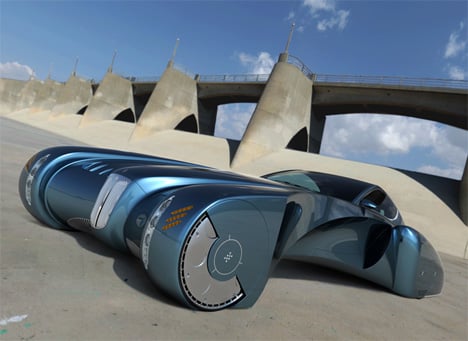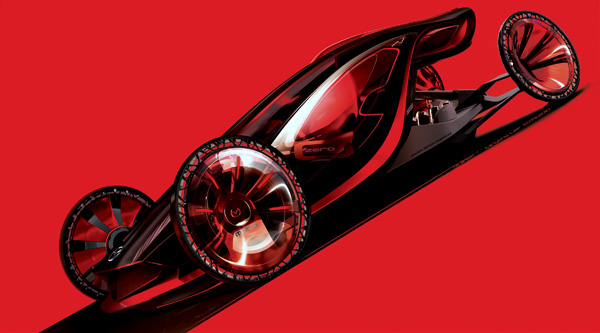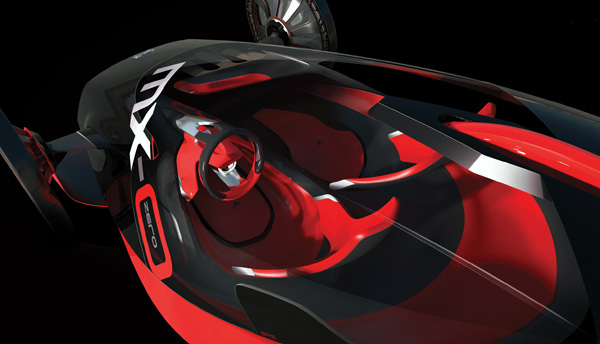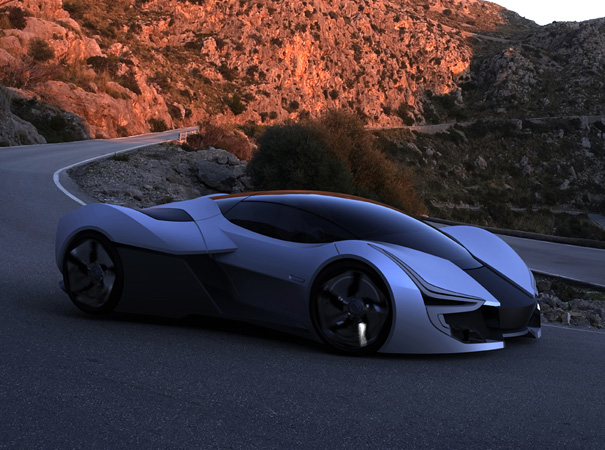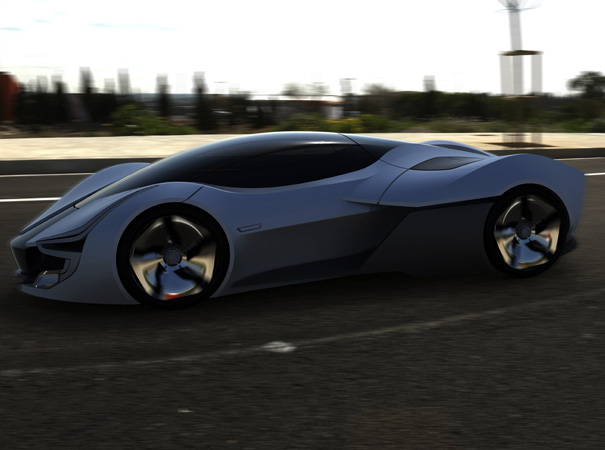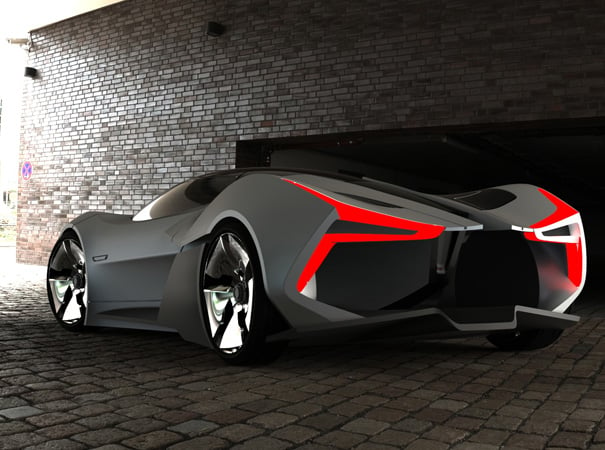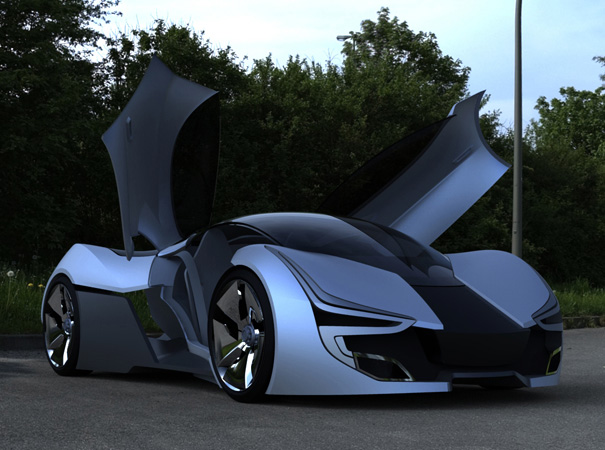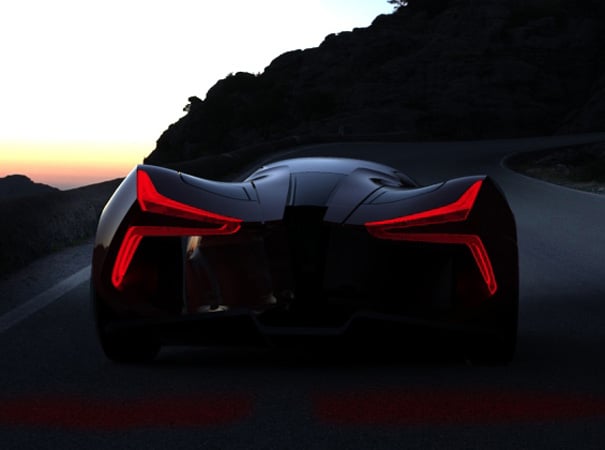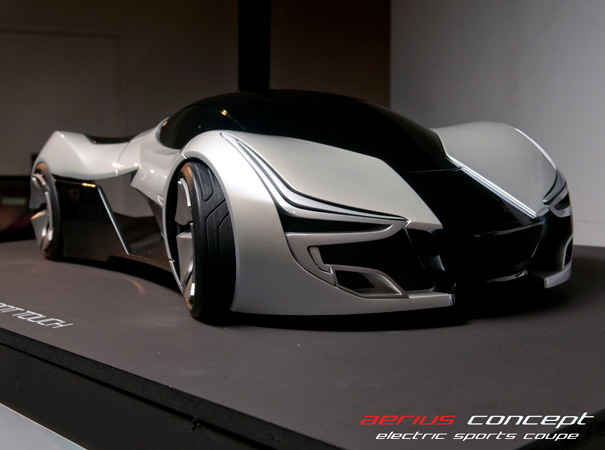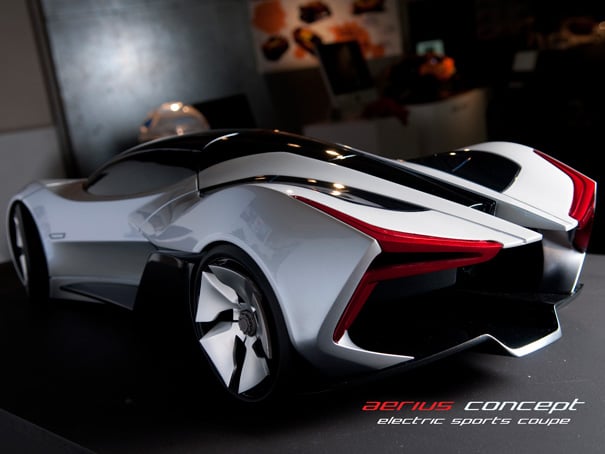By HARALD HAMPRECHT on 3/29/2011
When Ferdinand Piech celebrates his 74th birthday on April 17 in his villa in Salzburg, Austria, with his wife, Ursula, his youngest son, Gregor, and other close family members, he likely will look back at his career and break into a big, satisfied smile.
The chairman of Volkswagen AG's supervisory board wants to turn Volkswagen Group into the world's largest automaker.
And he loves it when a plan comes together.
Piech, the multimillionaire grandson of Ferdinand Porsche, still pulls all the strings at the Volkswagen Group.
The auto tycoon turned the tables on former Porsche AG CEO Wendelin Wiedeking, who tried to take over
VW
.
Now Wiedeking is gone, and Porsche will become the 10th vehicle brand in Volkswagen Group's lineup.
Brand bonanza
Over the years, Piech's collection of VW brands--ranging from European value brands such as Skoda and Seat to superluxury marques such as Bugatti and Lamborghini--has taken fierce criticism from shareholders, labor unions and journalists.
But Piech has ignored the critics, and now VW Group prepares to fulfill his dreams of growth.
Volkswagen Group CEO Martin Winterkorn has announced plans to spend 51.6 billion euros, or about $72.9 billion, over the next five years on VW's automotive division.
That excludes another $14.1 billion VW plans to spend in China with its joint venture partners.
In the United States, VW has ambitious plans--and significant challenges.
"Somewhere along the way, frankly, we lost our bearings in this market and we failed to build on that emotional equity and became more of a marginal brand," Jonathan Browning, CEO of Volkswagen Group of America, said this year.
Volkswagen expects its U.S. sales of VW brand vehicles to rise to 300,000 units this year, up from 256,830 in 2010.
By 2018, VW expects the U.S. market to grow to 15.1 million vehicles and VW brand sales to rise to 800,000.
To increase its U.S. market share, VW will focus on improving its core lineup rather than entering new segments.
"We've got a pretty broad lineup today, so we are very much focused on more deeply penetrating the segments we're in," Browning said.
Rekindling the spirit
He said VW must regain the spirit of when the Beetle and the Microbus were U.S. cultural icons.
To refine the brand and inspire loyalty, Browning said VW has identified six areas of focus: products, quality, customer experience, brand development, dealer networks and used-car performance.
Will all of these efforts be enough for VW to overtake No. 1 Toyota? Piech faces major hurdles. Among them:
-- Growth vs. profits: Toyota Motor Corp
. had a fast-growth strategy--and paid a heavy price through sinking profits. Now Volkswagen runs a similar risk of sacrificing profits to growth. VW is the world's third-largest automaker but ranks seventh in terms of operating margin, CFO Hans Dieter Poetsch recently said.
-- Head count: Volkswagen Group employs 370,000 people worldwide. About 250,000 employees work for the core VW brand, which sold 4.5 million cars last year. To meet the VW brand's sales target, the company must expand the VW brand's payroll to 290,000 employees by 2018, personnel chief Horst Neumann said in an internal publication. Also, VW must replace 60,000 employees who will retire in the coming years. That's a difficult task, especially in emerging markets such as China or India, where employees routinely jump to rival companies.
-- Production capacity: VW plans to boost annual sales to 10 million to 11 million vehicles, up from 7.1 million units last year. The core VW brand is supposed to boost unit sales to 6.6 million units by 2018. To do so, the company must build at least five or six assembly plants worldwide, Porsche CEO Matthias Mueller told
Automotive News.
New plants require new employees, more help from suppliers and more overseas production, enabling Volkswagen to avoid import tariffs and currency fluctuations. But much of VW's production is concentrated in Germany, a costly place to do business, says Juergen Pieper, an analyst for Bankhaus Metzler in Frankfurt.
"VW's footprint in Germany is still too strong," Pieper says. "The powerful unions could become a problem again, especially when VW wants to shift more production to cheaper sites abroad."
-- Shared components: To achieve economies of scale, VW will derive its product lineup from a handful of architectures. For example, in 2012 VW will launch its Modular Transverse Matrix architecture, which will be the basis for a variety of front-wheel-drive models. Five VW brands will use it to build at least 30 models, reaching total global production of 5 million to 6 million units by 2018.
But common architectures pose risks. VW could be forced to produce cookie-cutter models that are hard to differentiate. Will VW succeed at charging a higher price for the VW Sharan when the cheaper Seat Alhambra is more or less the same car?
With a handful of one-size-fits-all architectures, Volkswagen will be pushed to create distinct images for its brands. Company executives realize that this may be a big problem, especially in key markets such as the United States, Brazil, India, China and Russia. VW is trying to overcome this with one of the auto industry's biggest advertising budgets.
There is a second big problem with common architectures: If just one component is defective, it can force damaging recalls of millions of vehicles. Even Toyota, once renowned for its quality, has been shaken by such global recalls.
-- Complexity: With expansion comes more complexity, and Piech must find a way to deal with it. How will VW manage 10 brands and half a dozen new assembly plants, especially given Piech and Winterkorn's desire to expand further? VW is considering establishing a new entry-level brand in China, for instance.
And nobody would be surprised if VW increases its 20 percent stake in Suzuki Motor Corp. to more than 50 percent, which would require the integration of a Japanese automaker and its corporate culture.
-- Porsche's growth and integration: Over the next four years, Porsche CEO Mueller plans to more than double sales by doubling the number of models in its lineup. But what happens when there's a Porsche on every corner? Will that hurt the brand's image of exclusivity? Can Porsche maintain its operating profit margin of 16 percent?
Former Porsche CEO Wiedeking feared such a scenario. Porsche will test the resilience of its brand image when it introduces the Cajun, a crossover positioned beneath the Cayenne.
Porsche's corporate culture will be tested, too. By 2015, the company will add at least 1,000 workers to its 13,000-member payroll, according to internal plans.
-- Consistent growth: Audi's growth depends on big U.S. sales gains. Audi CEO Rupert Stadler must increase sales to 1.5 million units in 2015, from 1.1 million units in last year.
But unlike rivals BMW and Mercedes, Audi lacks a U.S. assembly plant. That keeps Audi at a cost disadvantage. A former Audi manager warns: "Today's success is the result of Martin Winterkorn's decisions seven or eight years ago. Audi has to guard against losing its competitive edge."
-- Management talent: Who will manage Volkswagen's growth? Where will these executives come from? Winterkorn has installed new executives at many key positions, and he has dozens more posts to fill. Browning runs VW's U.S business. He has to retain VW's European flair, but at an even better price.
Luca De Meo, once the CEO of Alfa Romeo, is the head of Volkswagen Group marketing. He must make sure each Volkswagen Group brand has a distinctive brand image.
Former Continental AG CEO Karl-Thomas Neumann is in charge of VW in China, which Winterkorn calls the company's second home market. Neumann must increase sales to 2 million units, from 1.5 million, but avoid creating overcapacity.
And former Opel boss Hans Demant is VW's senior vice president in charge of relations with international partners such as Suzuki. VW is counting on Demant to learn how Suzuki makes such a good margin on cheap, small cars. And VW wants Suzuki's help to increase its presence in India, where the Japanese automaker is a dominant No. 1 with its local partner Maruti.
Demant told
Automotive News that he believes VW will succeed in its chase for No. 1 for three reasons: "The company has strong in-house component production; it puts a huge emphasis on education; and it would be hard to find an automaker that is more focused on the product. He added: "The decision-makers at VW are engineers, not finance people."
But even with talented engineers, top teams sometimes fail, which is why Winterkorn issued a warning to VW's top 2,200 managers in Dresden, Germany, late last year. "Despite our recent success story, we must not become too content," he said. VW CFO Poetsch added: "Hyundai is a strong new power in many markets." Meanwhile, Toyota and General Motors are recovering fast.
-- Skeptics: Piech's big goal has drawn a crowd of skeptics. "What's the value of being No. 1 anyway?" asked Klaus Fricke, CEO of German plastics supplier Dr. Schneider Kunstoffwerke GmbH. "What did it do for GM? How long was Toyota No. 1 before it cratered in quality and perception?" Fricke said he believes it makes more sense to be No. 2 or 3, and focus on profits, adding: "I am sure that Mr. Piech and Mr. Winterkorn are well aware of that fact."
Harald Hamprecht is editor-in-chief of Automotive News Europe.
Source: Autoweek

